Wolverines are known as one of the most formidable creatures in the animal kingdom. Despite their relatively small size compared to other predators, their ferocity, strength, and tenacity have earned them a reputation as nature’s fiercest fighters. This article will dive deep into the life of the wolverine animal, exploring its physical characteristics, behavior, diet, habitat, and the reasons behind its fearsome reputation.
Test Your Knowledge about Wolverine by attempting the test at the end of this article.
Introduction
The wolverine animal (Gulo gulo) is a fascinating and often misunderstood animal. Often associated with fierceness and aggression, this solitary predator roams the remote forests and tundras of the Northern Hemisphere, from Alaska and Canada to Scandinavia and Russia. Despite their elusive nature, wolverine animals have captured the imagination of people around the world, partly due to their portrayal in popular culture but also because of their remarkable abilities and survival skills.
Suggested Topic: The Ranks of Wolf Packs: Exploring Alpha, Beta, and Omega Roles
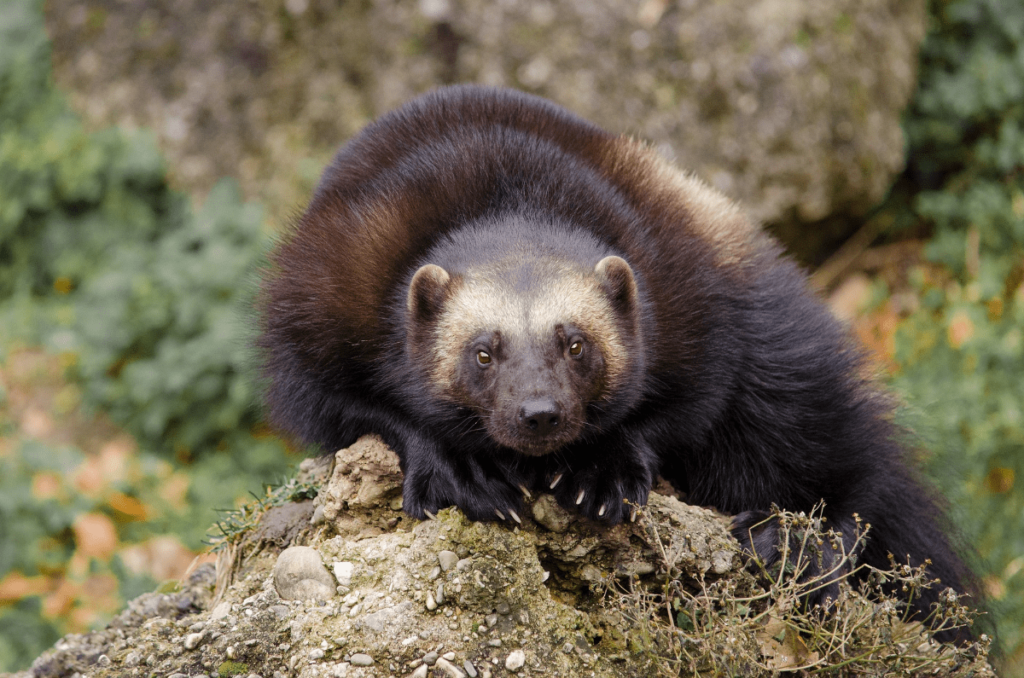
| Common Name: | Wolverine |
| Scientific Name: | Gulo gulo |
| Type: | Mammal |
| Family Name: | Mustelidae |
| Diet: | Carnivore |
| Average Life Span in the Wild: | 7 to 12 years |
| Size: | Head and body length: 26-34 inches; tail length: 7-10 inches |
| Weight: | 24 to 40 pounds (males larger) |
| Size Relative to a 6-ft Human: | A wolverine is about the size of a medium dog, significantly smaller than a human. |
| Habitat | Boreal forests, tundra, alpine regions |
| Group Name | Solitary |
| Found In | Northern Hemisphere: Alaska, Canada, Northern Rocky Mountains, Scandinavia, Russia |
| Conservation Status | Least Concern (IUCN Red List) |
Why Wolverine Animal is called The Fiercest Predator in the Animal Kingdom
If you’re wondering what is wolverine animal, it’s a highly adaptable and elusive mammal with a reputation for being incredibly tough. To understand what is a wolverine animal, you must consider its role as a top predator in its ecosystem, despite its relatively small size.
Curious Fact: How strong is a wolverine compared to its size?
Wolverines are incredibly strong for their size, capable of dragging prey several times their own weight.
Do you Know? Why are wolverines called “The Glutton”?
Wolverines are nicknamed “The Glutton” due to their massive appetite, often consuming large amounts of food at once.
Physical Characteristics
Wolverines are the largest members of the weasel family, Mustelidae, which also includes otters, ferrets, and badgers. Despite their small size, they are powerfully built and capable of taking down prey much larger than themselves.
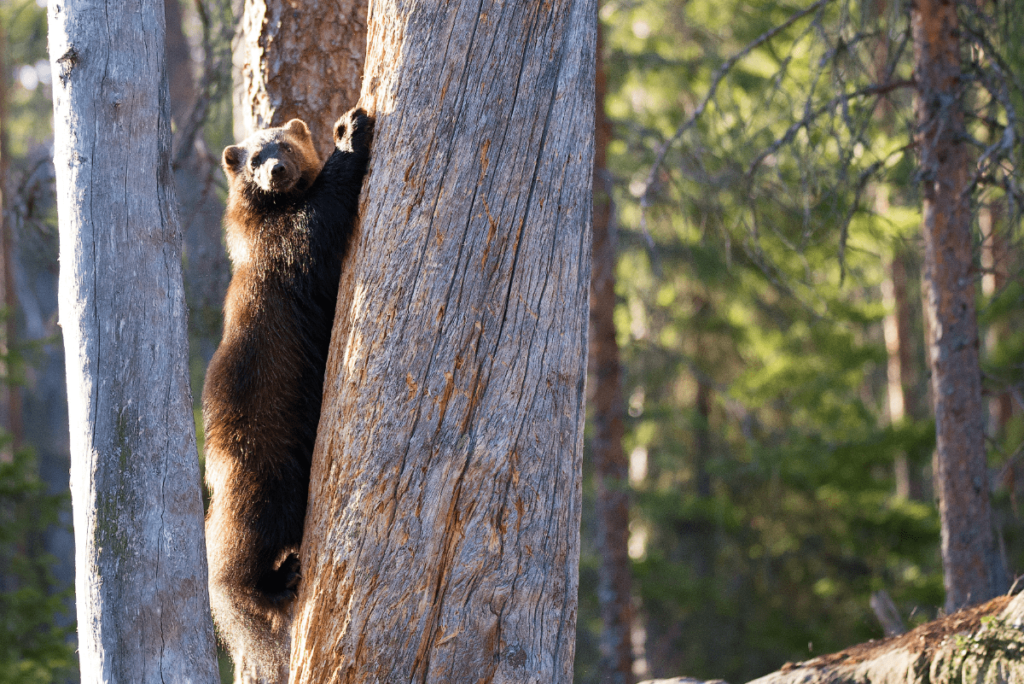
Appearance
Wolverine animals have stocky, muscular bodies with short legs, broad heads, and small eyes. Their fur is dark brown, often with lighter stripes running from shoulder to tail. This thick fur is well-suited for the cold climates they inhabit, providing excellent insulation. Wolverines also have large paws, which act like snowshoes, allowing them to move efficiently over snow.
Teeth and Claws
A wolverine’s teeth are specially adapted for tearing through tough flesh and crushing bones. They have powerful jaws with sharp, carnivorous teeth that can even crush frozen meat. Their claws are long and sharp, perfect for digging, climbing, and gripping prey. These adaptations make wolverines excellent hunters and scavengers.
Size and Weight
Males are generally larger than females, weighing between 24 to 40 pounds and measuring 26-34 inches in length, excluding the tail. The tail adds another 7-10 inches to their length. Despite their compact size, wolverine animals are incredibly strong, capable of dragging prey many times their weight over long distances.
Habitat and Distribution
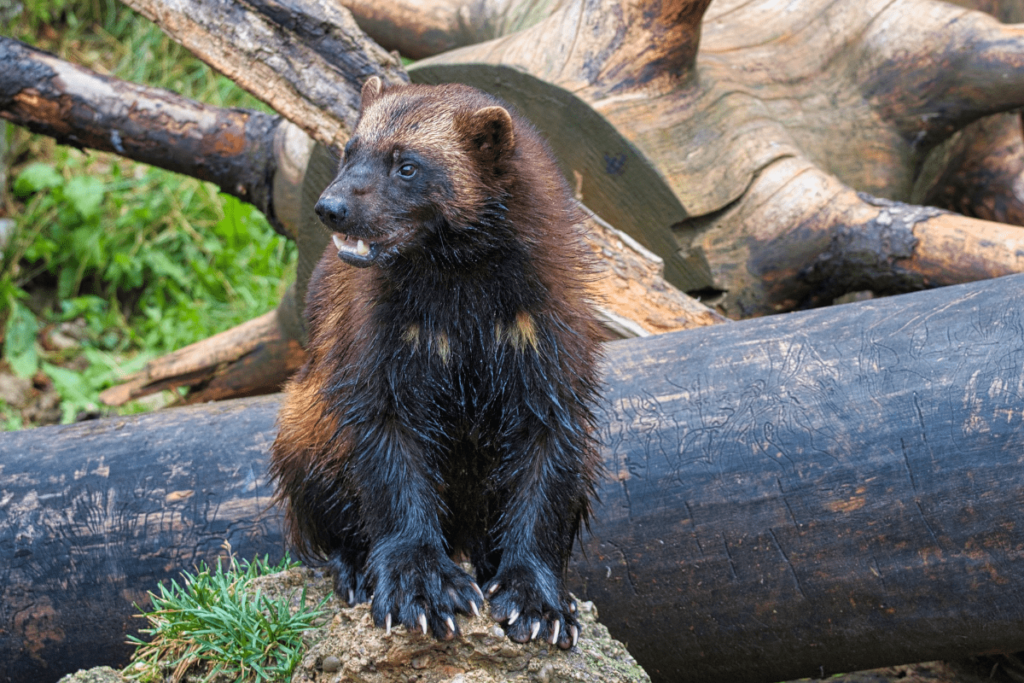
Wolverines are found primarily in the northern parts of North America, Europe, and Asia. They prefer remote, mountainous regions where they can roam over large areas with little human disturbance.
Geographical Range
In North America, wolverine animals are primarily found in Alaska, Canada, and the northern Rocky Mountains. In Europe and Asia, they are most commonly found in Scandinavia and Russia, extending into Siberia. Their range is largely determined by the availability of food and the need for expansive territories.
Preferred Habitats
Wolverines are highly adaptable and can survive in a variety of habitats, including boreal forests, tundra, and alpine regions. They are solitary animals, requiring large territories that can range from 200 to over 600 square miles, depending on the availability of food and the density of the wolverine population in the area.
Climate Adaptations
Wolverines are well-adapted to cold climates. Their thick fur provides insulation against freezing temperatures, and their large paws help them move across snow with ease. They are also equipped with a keen sense of smell, allowing them to detect prey and carrion buried deep beneath the snow.
Curious Fact: How do wolverines survive in extreme cold?
Wolverines have thick fur for insulation and large paws that help them move efficiently over snow.
Do you Know? How do wolverines communicate with each other?
Wolverines communicate using scent markings, vocalizations, and body language to establish territories and avoid confrontations.
Behavior and Social Structure
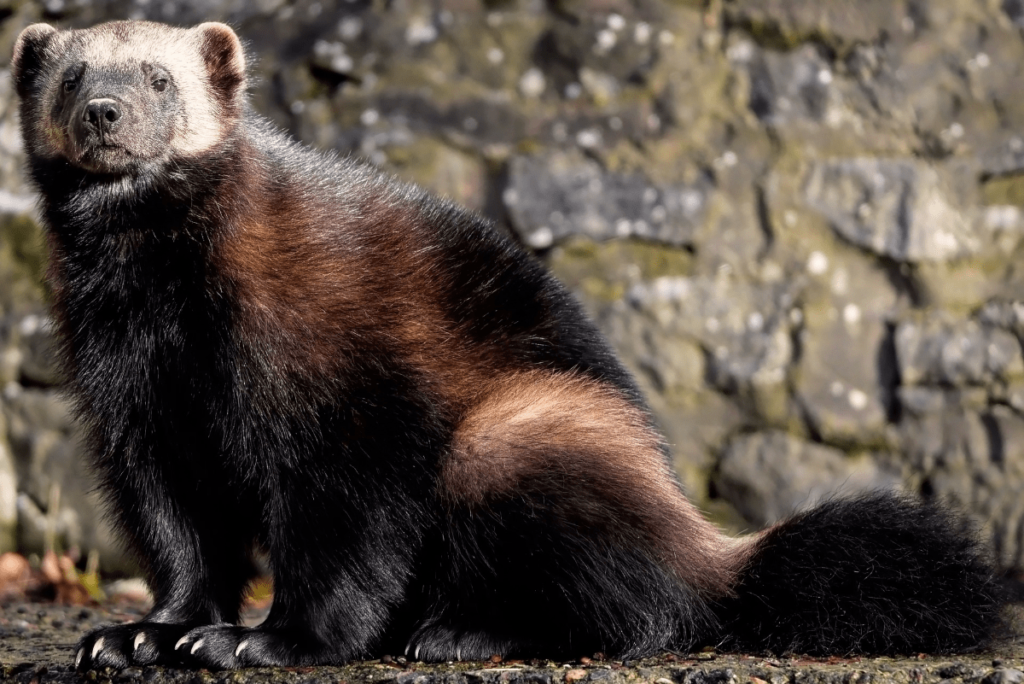
Wolverines are solitary animals, and their behavior reflects their need for large territories and their ability to survive in harsh conditions. The wolverine animal is a member of the weasel family, but it is much more robust and powerful than its relatives.
Solitary Lifestyle
Wolverines are primarily solitary, except during the mating season or when a mother is raising her young. They are highly territorial and will aggressively defend their home range from intruders. Males tend to have larger territories than females and will often overlap with the territories of several females, with whom they may mate.
Communication
Wolverines communicate with each other through vocalizations, scent markings, and body language. They have scent glands that produce a strong, musky odor, which they use to mark their territory and communicate with other wolverine animals. This scent marking helps wolverines avoid direct confrontations, as the scent can warn other wolverines to stay away.
Reproduction and Life Cycle
Wolverine mating season occurs during the summer months, typically from May to August. However, implantation of the fertilized egg is delayed, meaning the embryo does not begin developing until several months later. This delayed implantation allows wolverines to give birth in late winter or early spring, ensuring that their young are born during a time when food is more abundant.
A female wolverine will give birth to a litter of 1-5 kits in a den, which is usually a sheltered location such as a cave or a snowbank. The kits are born blind and helpless but grow quickly, becoming independent by the time they are about 6 months old. Wolverines reach sexual maturity at about 2-3 years of age.
Here are 10 Fascinating Facts About the Ocean’s Apex Predator: Orca
Diet and Hunting Strategies
Wolverines are opportunistic carnivores, meaning they will eat whatever they can find, whether it’s freshly killed prey, carrion, or even plant material when meat is scarce. The wolverine animal is known for its fierce and solitary nature, often referred to as the “glutton” due to its voracious appetite.
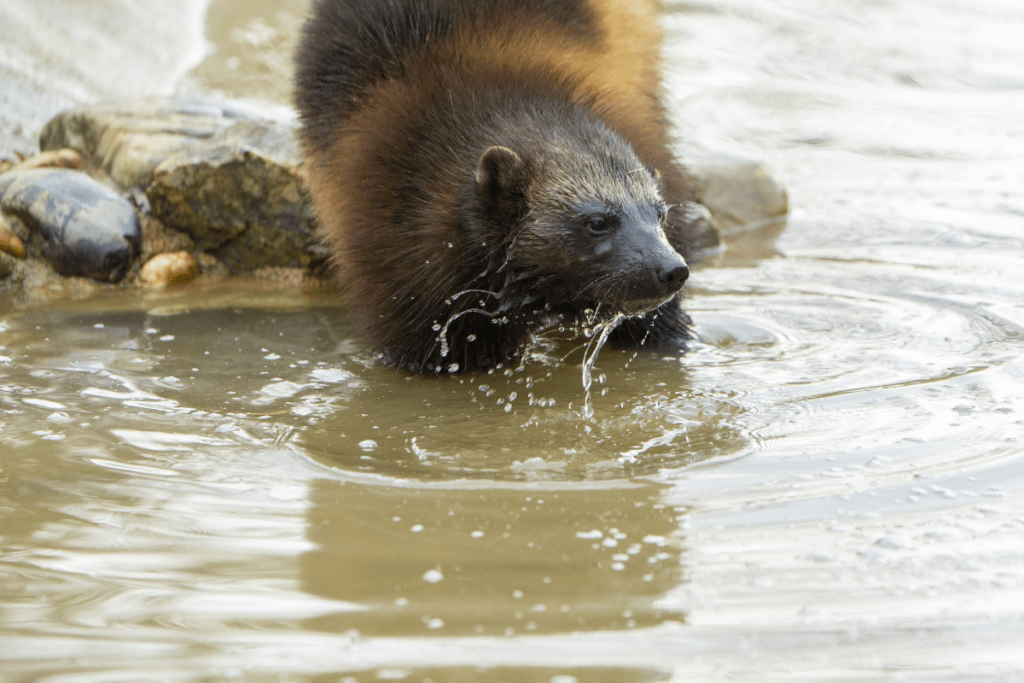
Diet
Wolverine animals primarily feed on small to medium-sized mammals, such as rabbits, rodents, and birds. They are also known to take down larger animals, such as deer, caribou, and even moose, especially when these animals are weakened by the winter cold or are trapped in deep snow. Wolverines have a voracious appetite and can consume a large amount of food in one sitting, often storing the rest for later.
Scavenging
In addition to hunting, wolverines are excellent scavengers. They have a remarkable ability to locate carrion, sometimes from miles away, using their keen sense of smell. Wolverines will often follow predators like wolves or bears, waiting for an opportunity to steal a meal from a kill. Their powerful jaws and teeth allow them to consume almost every part of a carcass, including bones and hooves, which other scavengers might leave behind.
Hunting Techniques
Wolverine animals are not particularly fast, so they rely on stealth, strength, and endurance when hunting. They often ambush their prey, launching a sudden, fierce attack that overwhelms the victim. Their ability to pursue prey through deep snow, combined with their tenacity, makes them effective predators even in the most challenging conditions.
The Fierce Reputation
The wolverine animal’s reputation as the fiercest predator in the animal kingdom is well-deserved, given its remarkable abilities and relentless nature.
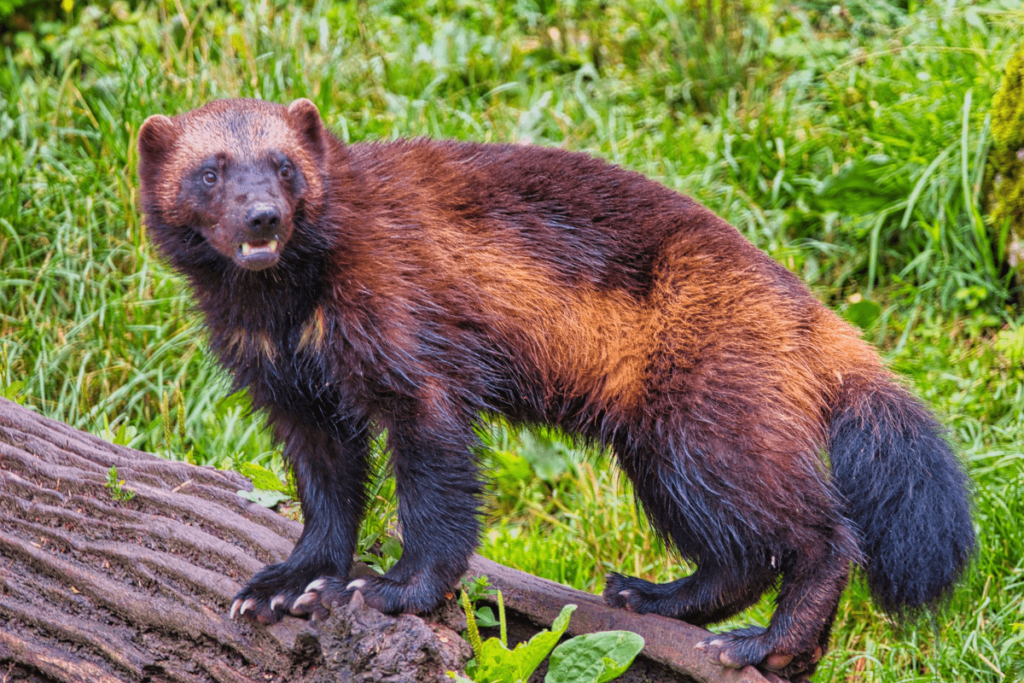
Strength and Ferocity
Wolverine animals are renowned for their incredible strength relative to their size. They have been known to fight off much larger predators, such as wolves and bears, to defend a kill or protect their territory. Their ferocity in battle, combined with their muscular build and sharp claws and teeth, makes them formidable opponents.
Survival Skills
Wolverines have evolved to survive in some of the harshest environments on Earth. Their ability to endure extreme cold, navigate treacherous terrain, and hunt in deep snow has made them one of the most resilient animals in the wild. This resilience, combined with their fearlessness, has contributed to their legendary status.
Cultural Impact
The wolverine’s fierce reputation has made it a symbol of strength and endurance in various cultures. In Native American folklore, wolverine animals are often depicted as cunning and tenacious creatures, respected for their ability to survive in harsh conditions. In modern times, the wolverine’s image has been popularized by comic books and movies, further cementing its place as an icon of toughness and resilience.
Conservation Status
Despite their fearsome reputation, wolverine animals face several threats in the wild, primarily due to human activities.

Threats
The primary threats to wolverine populations are habitat loss, climate change, and hunting. As human development encroaches on their natural habitats, wolverine animals are forced to compete for smaller territories with fewer resources. Climate change is also affecting the availability of food and the conditions in which wolverines thrive. In some areas, wolverines are hunted for their fur, although this practice is less common today.
Conservation Efforts
Wolverine animals are classified as “Least Concern” on the IUCN Red List, but their populations are declining in certain regions. Conservation efforts are focused on protecting their habitats and ensuring that they have access to the large territories they need to survive. In some areas, wolverines are protected by law, and conservationists are working to better understand their needs and behavior to develop effective management strategies.
Conclusion
The wolverine animal is truly one of the most fascinating and formidable predators in the animal kingdom. Understanding what is wolverine animal requires an appreciation for its solitary nature and ability to thrive in extreme conditions. Its strength, ferocity, and adaptability have earned it a place in the annals of wildlife legends. However, as with many other species, the future of the wolverine depends on our ability to protect its habitat and ensure that it can continue to thrive in the wild. By understanding and appreciating the wolverine’s role in the ecosystem, we can help preserve this incredible animal for future generations.
Discover more interesting wildlife stories on our website PrimalWildlife.com/blog
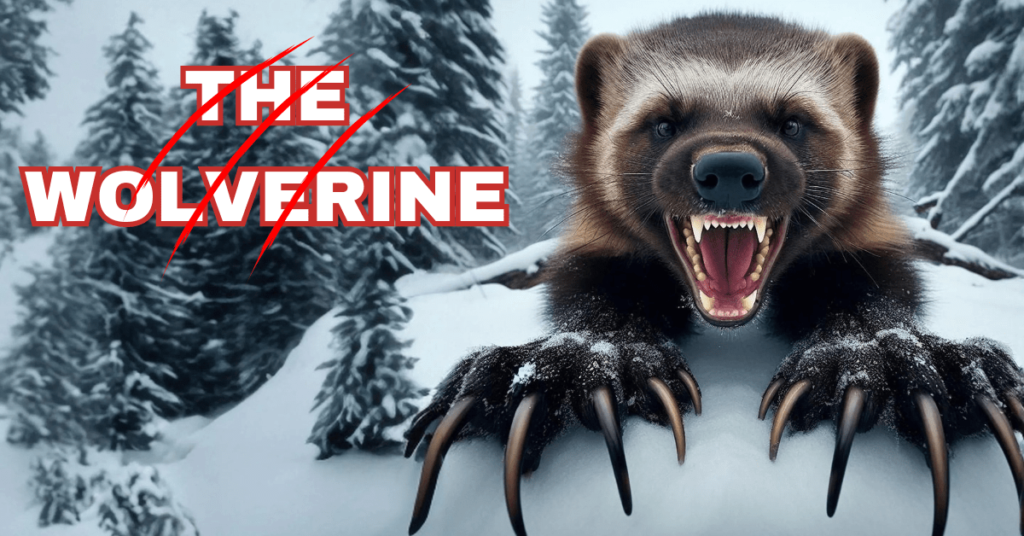
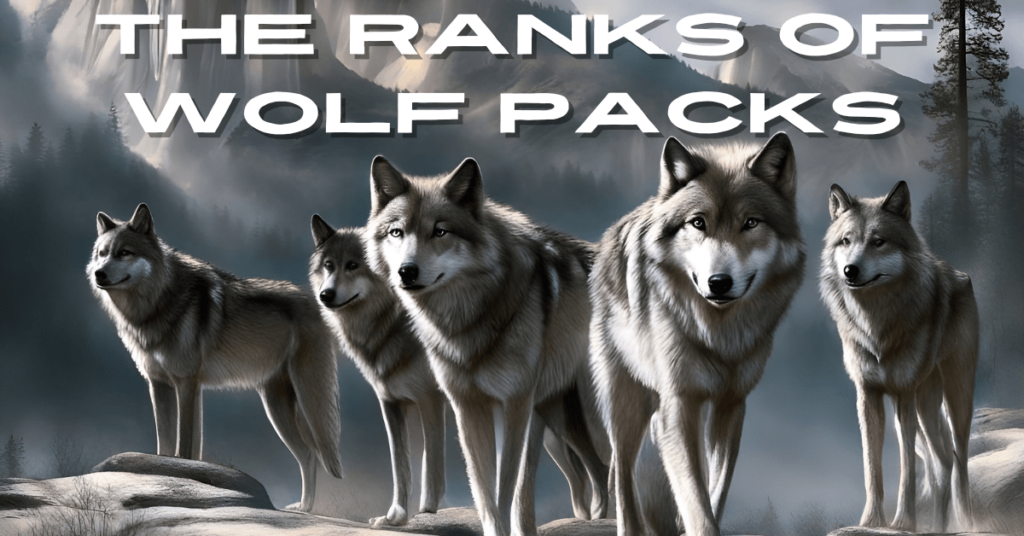
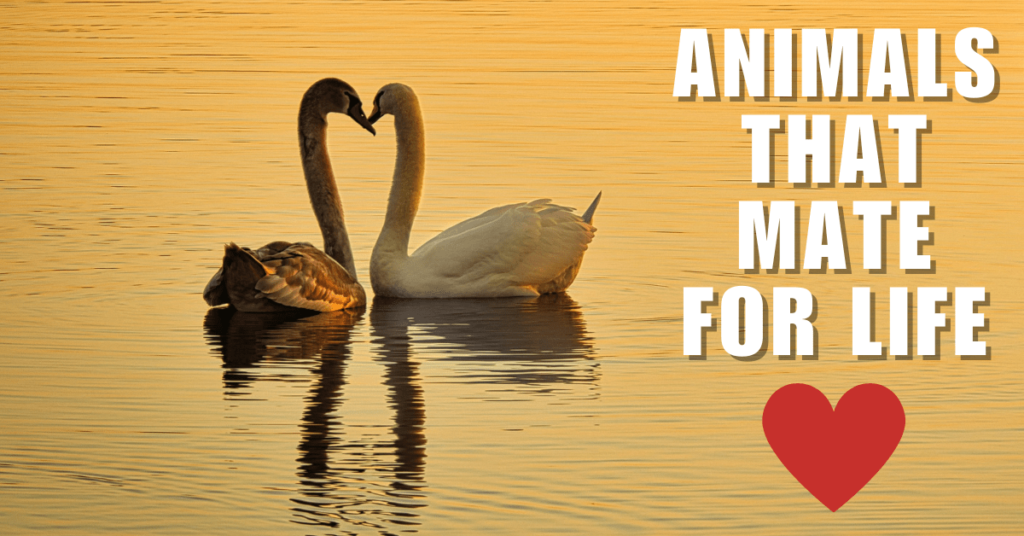
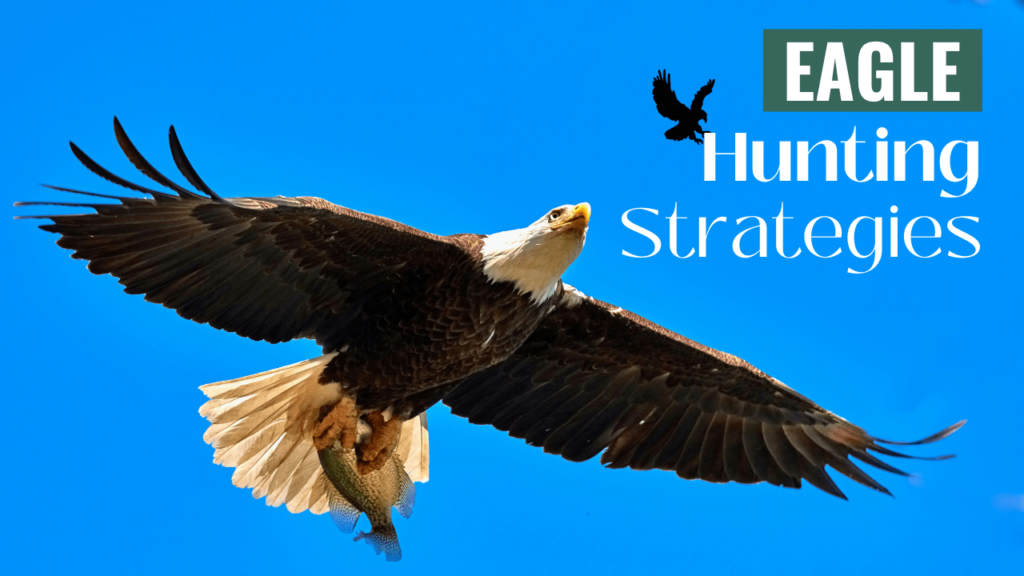

Pingback: The Top 10 Largest Cat Species in the World (Biggest Feline Species) - primalwildlife.com